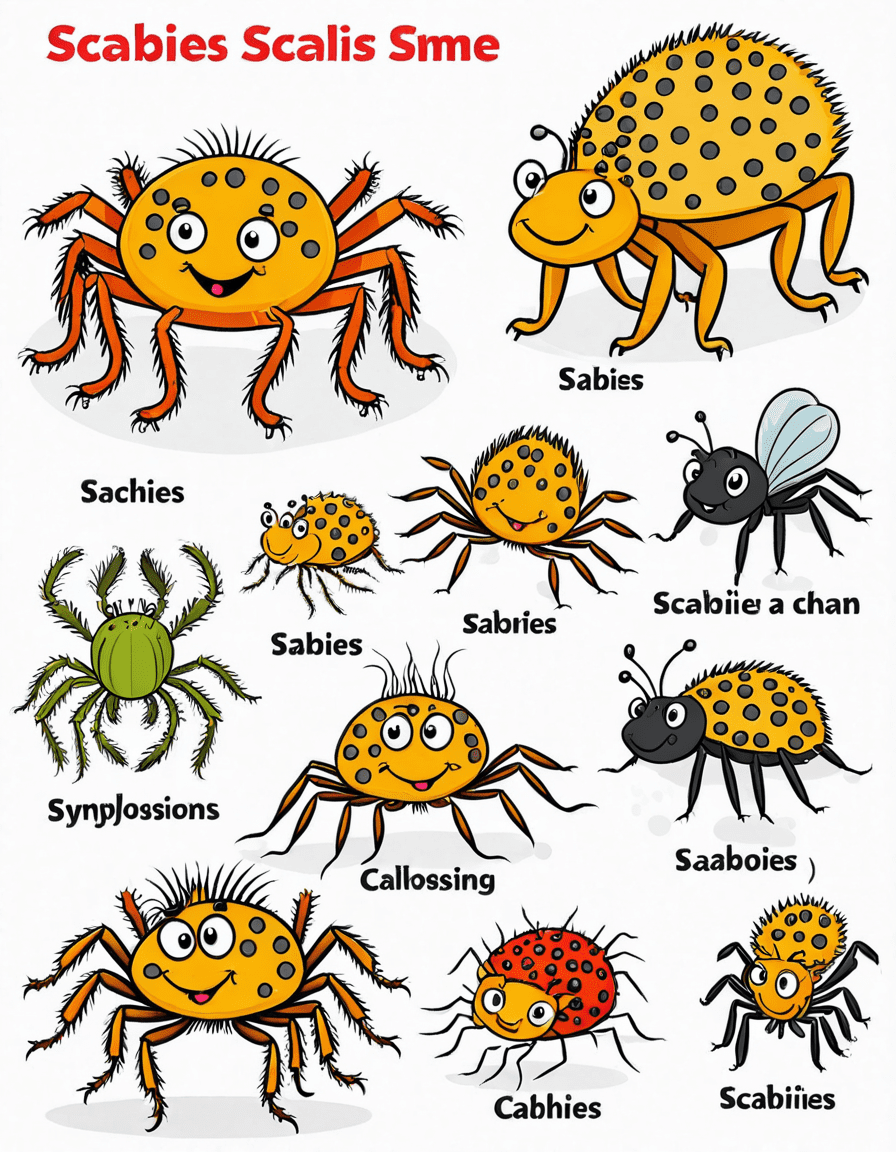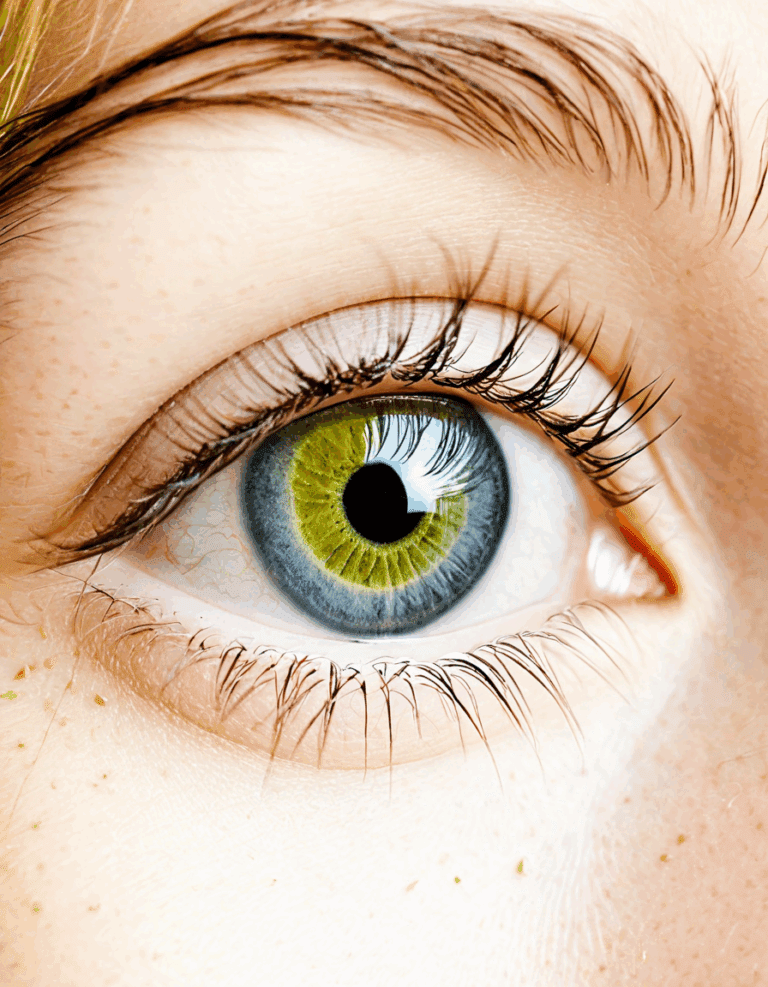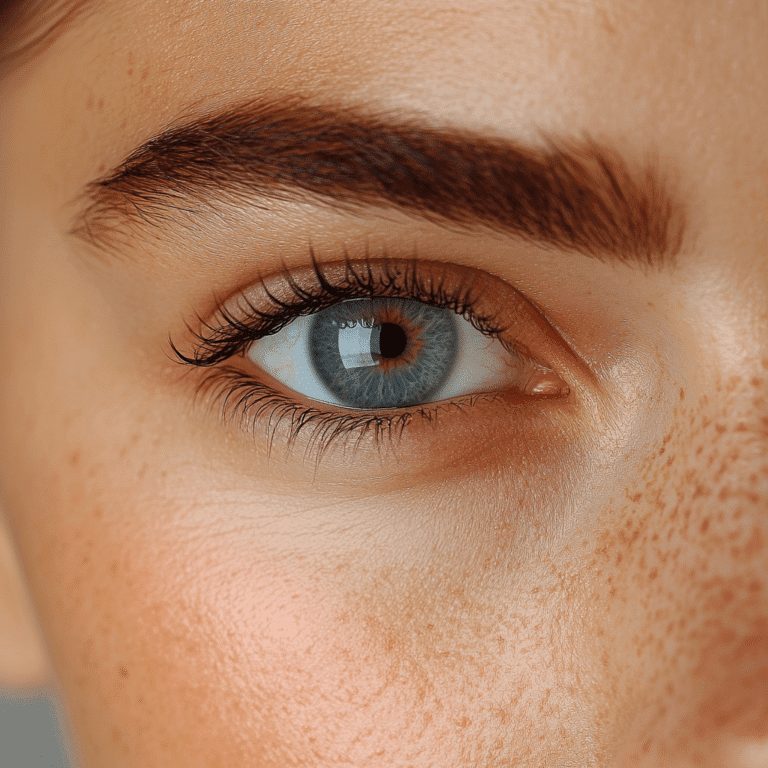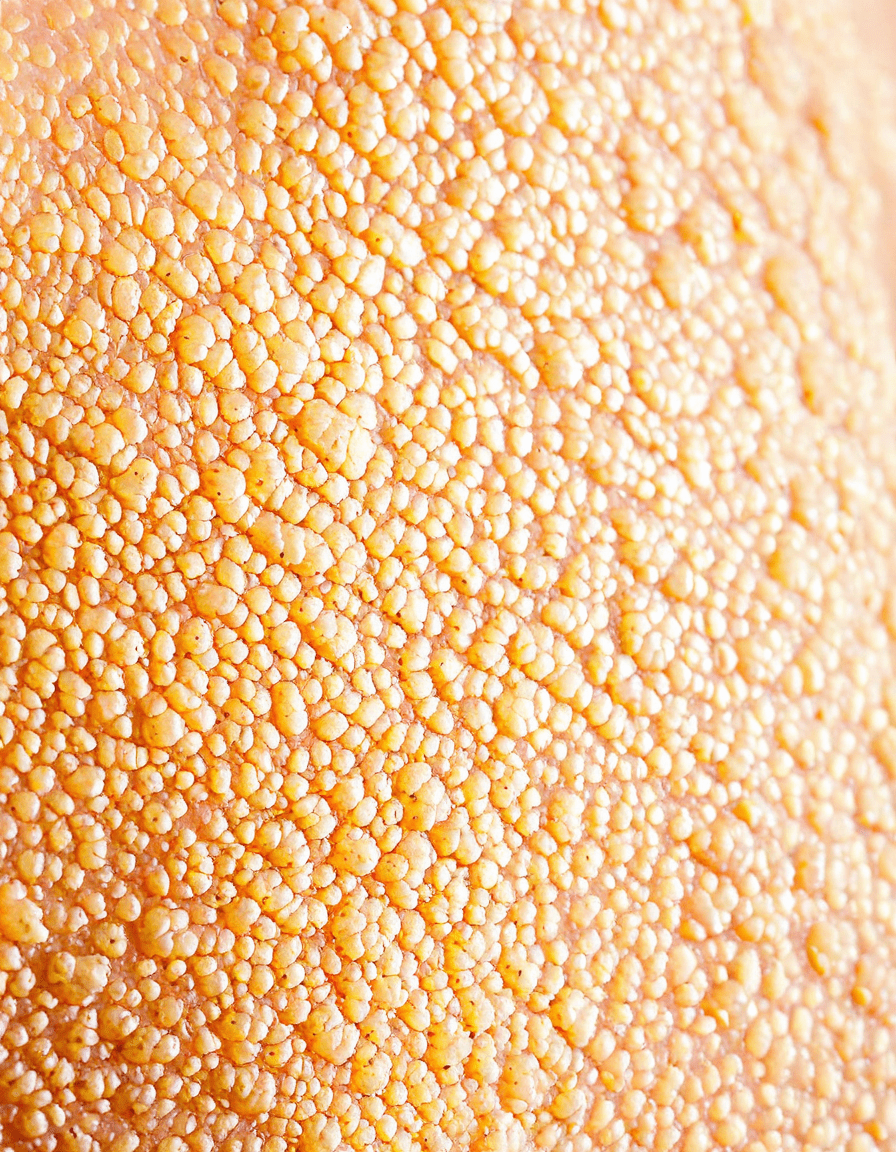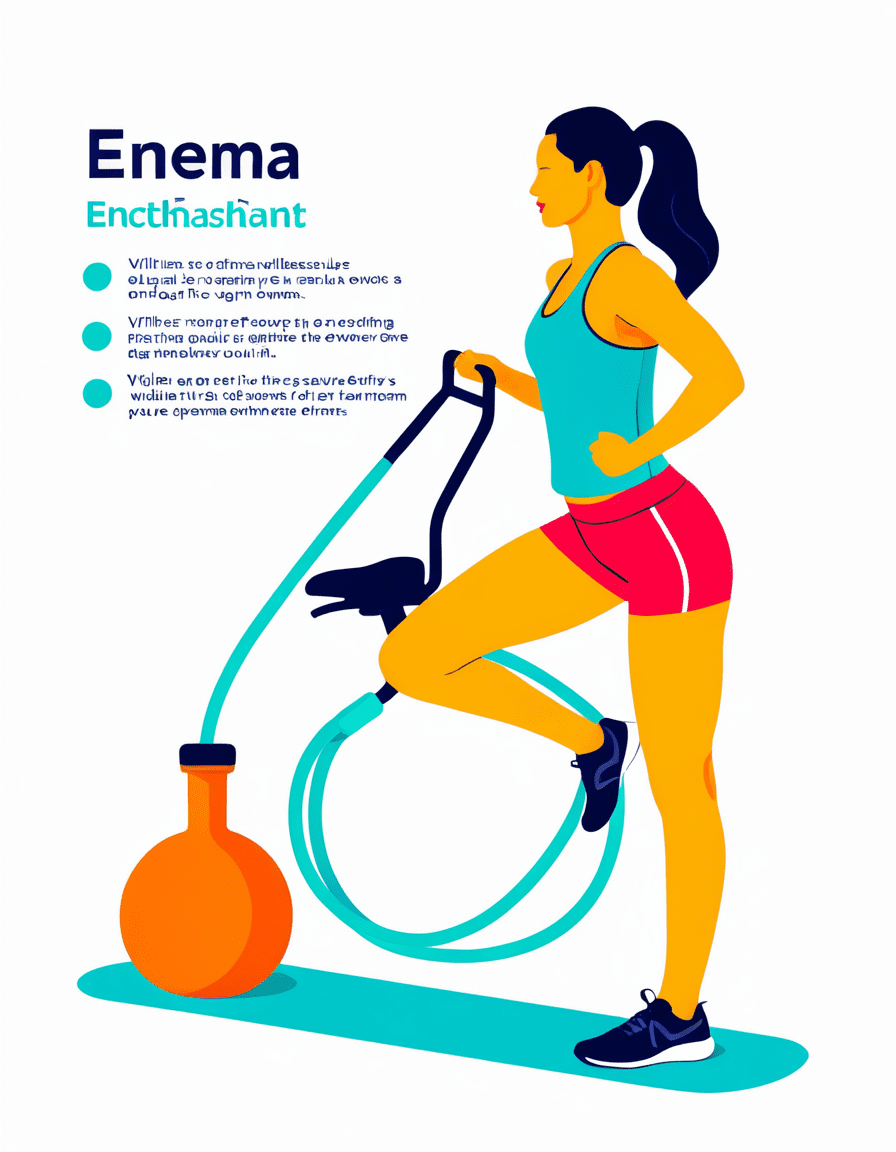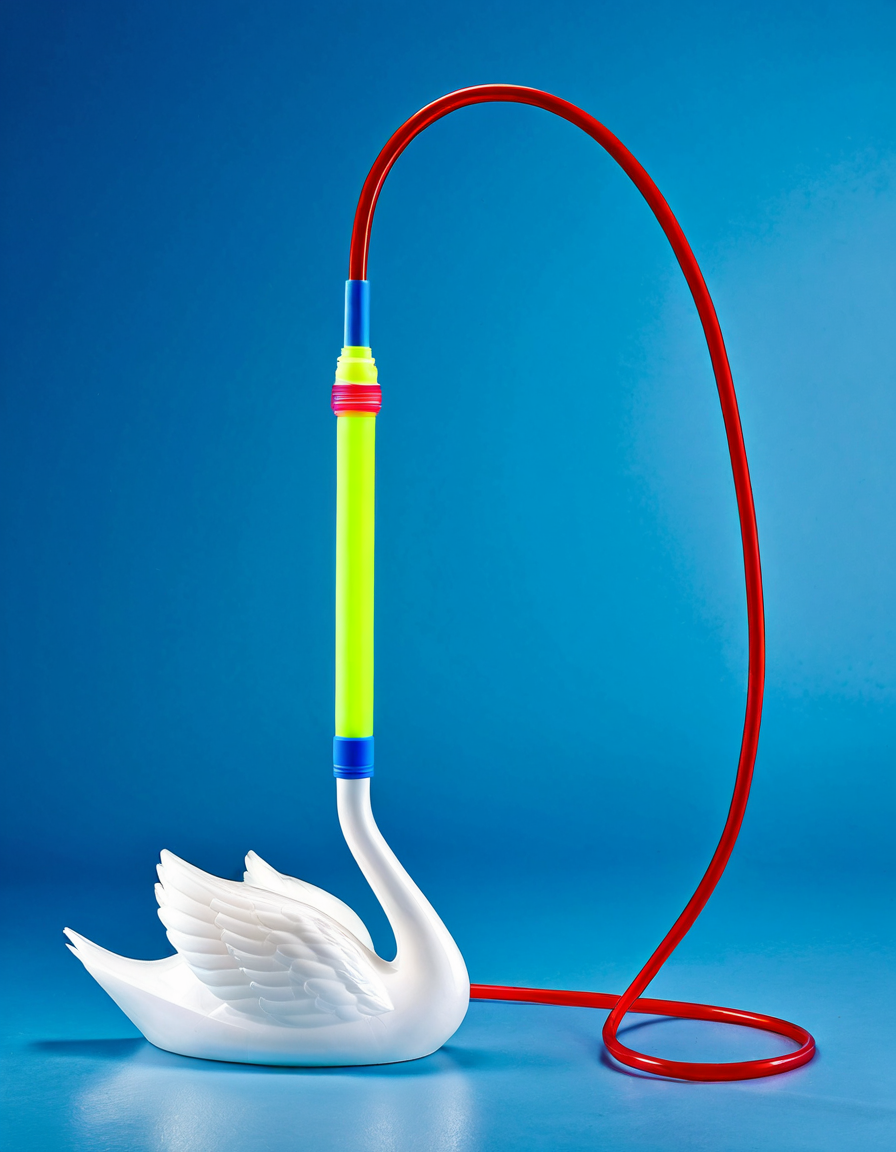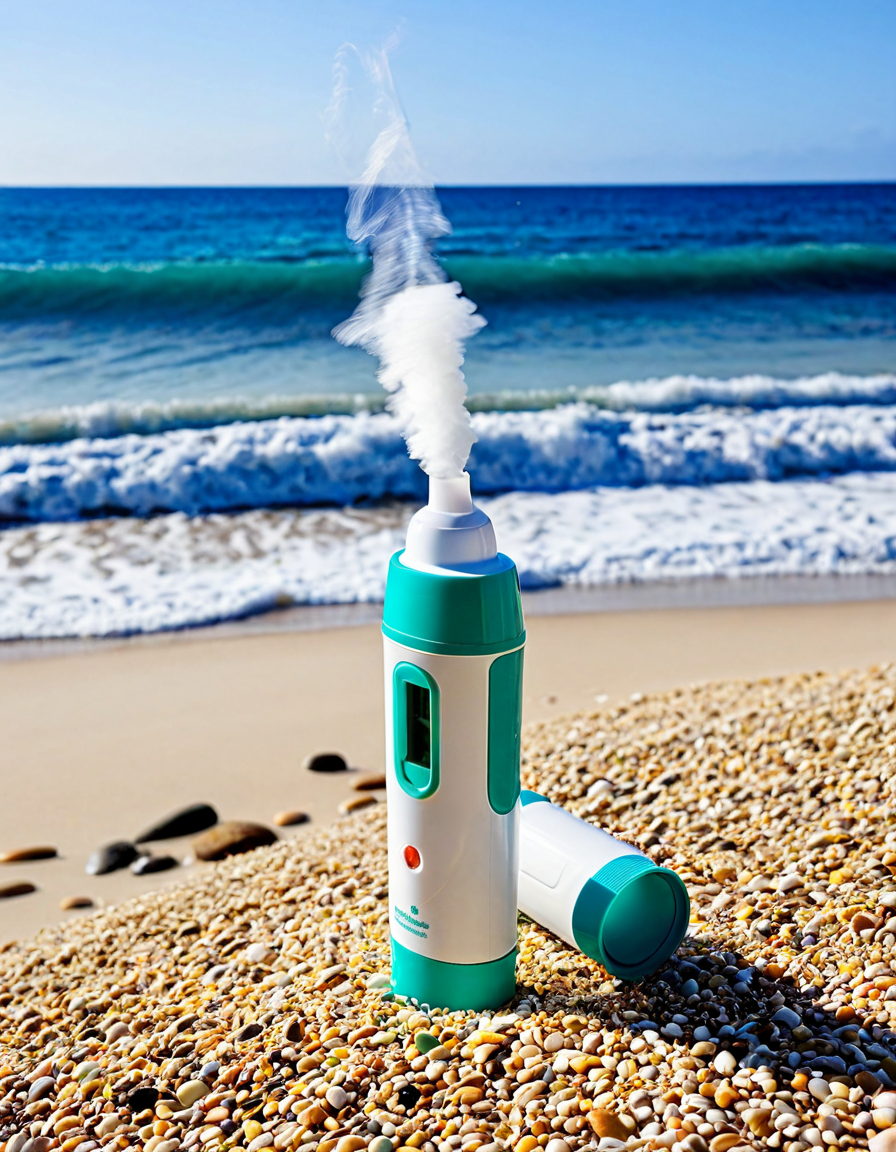Hey there, warriors! If you’re on a mission to get shredded and look like a Greek god, being sidelined by a pesky skin issue can feel like a huge setback. Today, we’re diving into a condition that can throw off even the most dedicated fitness enthusiast: scabies. Learning how to identify scabies quickly can mean the difference between a minor irritation and weeks of discomfort. So let’s roll up our sleeves and get into it!
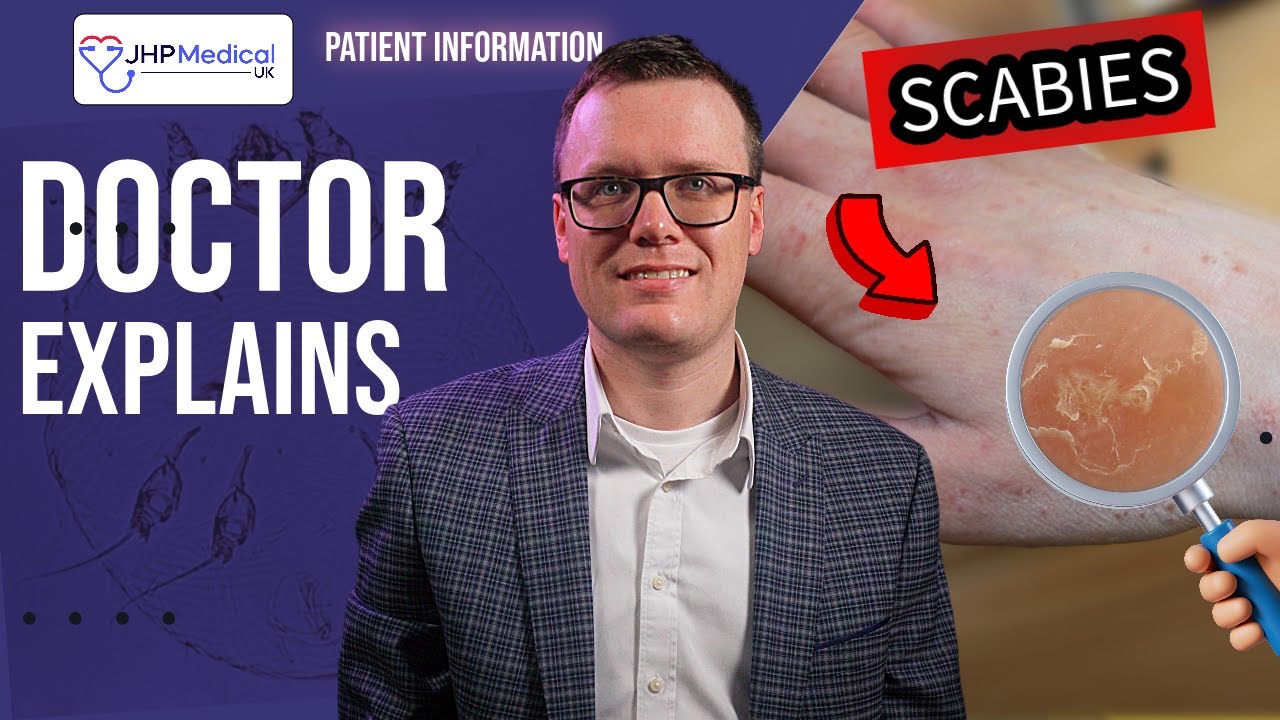
7 Key Signs to Identify Scabies Early
Scabies is a skin condition caused by an infestation of the Sarcoptes scabiei mite. Trust me, these little buggers can cause intense itching and discomfort. By recognizing the signs early, you can tackle the problem head-on like a true champion. Here are seven clear indicators you should watch for:
You might be itching your skin like it’s a bug bite on steroids. One of the standout symptoms of scabies is severe itching, which ramps up at night. Why? The little mites are nocturnal! If you find yourself scratching like a madman when you settle into bed, it’s time to investigate further.
If you notice a rash popping up all over, don’t brush it off. This rash usually consists of small red bumps or even blisters. It tends to appear in places where the mites burrow, including between your fingers, around your wrists, and in those elbow creases that can get a bit sweaty.
Scabies mites leave behind subtle clues if you know where to look. Expect tiny, wavy lines on your skin. These burrow tracks often show up in warmer areas of the body, like your armpits or between your toes. They can easily be mistaken for dry skin, but keep an eye out!
All that scratching we talked about? It can lead to secondary bacterial infections, which bring on weeping sores or crusted skin lesions. If you start seeing these symptoms alongside others, you’re likely dealing with scabies.
Scabies loves a good party, especially when it involves skin-to-skin contact. If you or someone close to you is experiencing these symptoms after body contact, this might indicate a scabies outbreak. It spreads quickly in families, schools, and nursing homes, so don’t ignore these signs!
When scabies isn’t treated promptly, it can lead to a more serious condition known as crusted scabies or Norwegian scabies. You’ll see thick crusts forming on the skin, indicating a severe infestation. If you notice this, it’s a wake-up call to consult a healthcare professional ASAP!
Rashes can be tricky. Other conditions like poison ivy, lice, or dermatitis can seem similar to scabies. For instance, poison ivy typically shows up as linear streaks, while lice might trigger irritation just along the hairlines. Recognizing these differences is crucial for getting the right treatment.
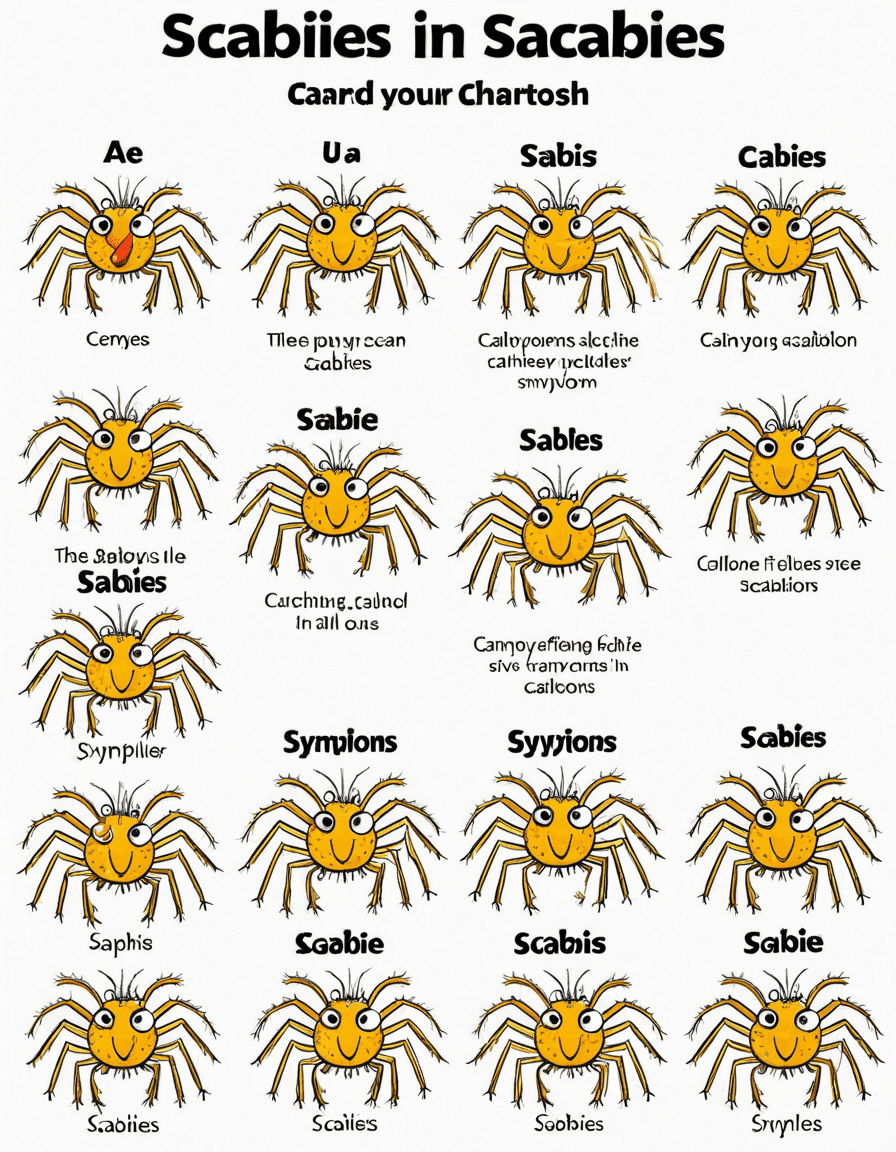
How to Differentiate Between Scabies, Lice, and Poison Ivy Rashes
Knowing how to identify scabies is just step one; you gotta be able to distinguish it from other skin irritations. Here’s how scabies stacks up against lice infestations and poison ivy rashes:
Lice, like the pesky Pediculus humanus capitis, can make your scalp feel like it’s on fire. While itching is common, you won’t see burrowing as you would with scabies. Treatment often requires specialized shampoos like Nix or Rid, so go on the offensive!
If you’ve ever taken a stroll through nature, you know the pain of poison ivy (Toxicodendron radicans). This rash usually comes with a linear pattern and blisters. Ointments like hydrocortisone or remedies like oatmeal baths can turn your evening back into a Netflix binge instead of a scratch-fest.
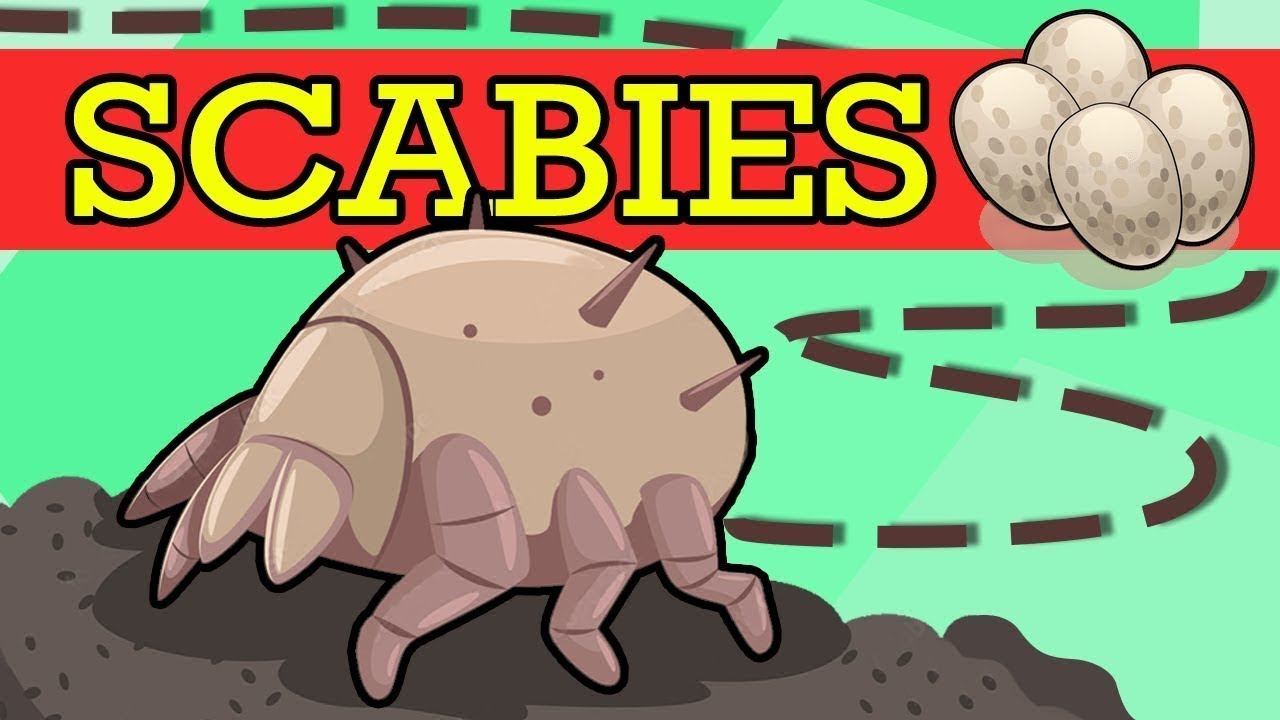
Quick Solutions: How to Get Rid of Common Skin Issues
You gotta arm yourself with the knowledge of how to get rid of poison ivy rash overnight, attack lice effectively, and even manage those awkward encounters—we’re talking about everything from maggots to sulfur burps. Here’s your cheat sheet:
Say goodbye to those pesky critters by sprinkling salt around or using a mix of vinegar and water. It’s a game-changer for maintaining cleanliness, especially in your kitchen.
In tandem with treatments like medicated shampoos, it’s essential to grab a fine-toothed comb and remove nits. And don’t forget to wash your bedding and clothes thoroughly to stop those little buggers from coming back!
You want quick, easy relief? Try applying a paste of baking soda and water to dry out those blisters. Over-the-counter options with diphenhydramine can also help you find immediate relief.
Let’s face it, nobody wants to deal with embarrassing sulfur burps. Chewing mint-flavored gum or taking activated charcoal can make a world of difference in avoiding that discomfort.
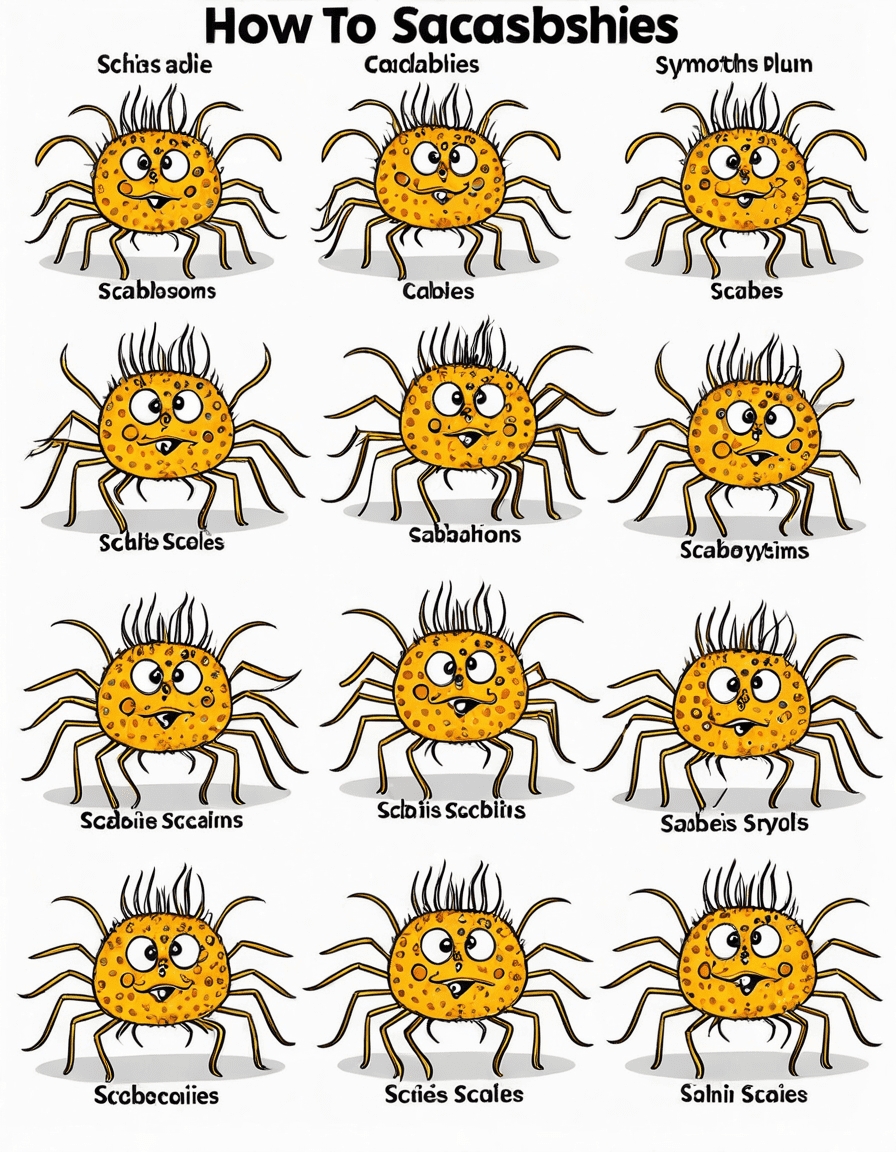
Final Thoughts on Recognizing and Treating Scabies
Understanding how to identify scabies and recognizing its signs can set you up for success in managing this condition. From severe itching to the appearance of burrows, knowing what to look for is crucial. Always consult a healthcare professional for a solid diagnosis and personalized treatment—don’t take any chances with your health!
Now that you have the tools to tackle scabies head-on, there’s no reason to let it throw your fitness journey off course. When you’re educated and proactive, you can overcome any setback. Stay aware, stay motivated, and always keep pushing toward those ripped six packs and that chiseled physique. You’ve got this!

How to Identify Scabies
Understanding how to identify scabies can be a bit tricky, but there are clear signs to watch out for. These tiny mites burrow into the skin, causing intense itching and irritation. The most common symptoms include a rash that usually appears in warm areas like between fingers, under the arms, and even around the belly button. Speaking of belly buttons, did you know that a belly button hernia( can be mistaken for skin conditions? Just like scabies, it can create discomfort and an unusual appearance, so it’s essential to keep conditions differentiated!
When considering how to identify scabies, pay attention to the timing of the itching. It often worsens at night, which can be quite annoying. In addition to localized rashes, scabies can lead to secondary infections due to constant scratching. Interestingly, did you know that managing skin issues, like knowing How To get rid Of Warts() or understanding a tongue piercing() can also bring a boost to your confidence? This confidence might be what’s needed when dealing with itchy skin!
Next, if you notice burrow tracks on the surface of the skin—white or red lines—that’s a telltale sign of scabies. These pesky little guys love to get unnoticed, just like how some people freak out when they see a scene from a Samara Weaving() movie! Thankfully, these signs can be managed with treatment, so don’t shy away from seeking medical help. Remember, areas like the buttocks are also common homes for scabies—so if you want a butt Lifting() workout plan, make sure it doesn’t overlap with any pesky infestations!
Finally, if you suspect scabies, early intervention is key. You won’t just learn how to identify scabies effectively; you’ll also become more aware of general skin care. New challenges arise every day, just like trying out a new burger at Shake & Shack!(!) Knowing how to differentiate between various skin issues can empower you to take control of your health. And if you’re ever unsure, a healthcare professional can steer you in the right direction—just like when someone shares a thrilling story about a Colombian necktie() that leaves you curious for more!
